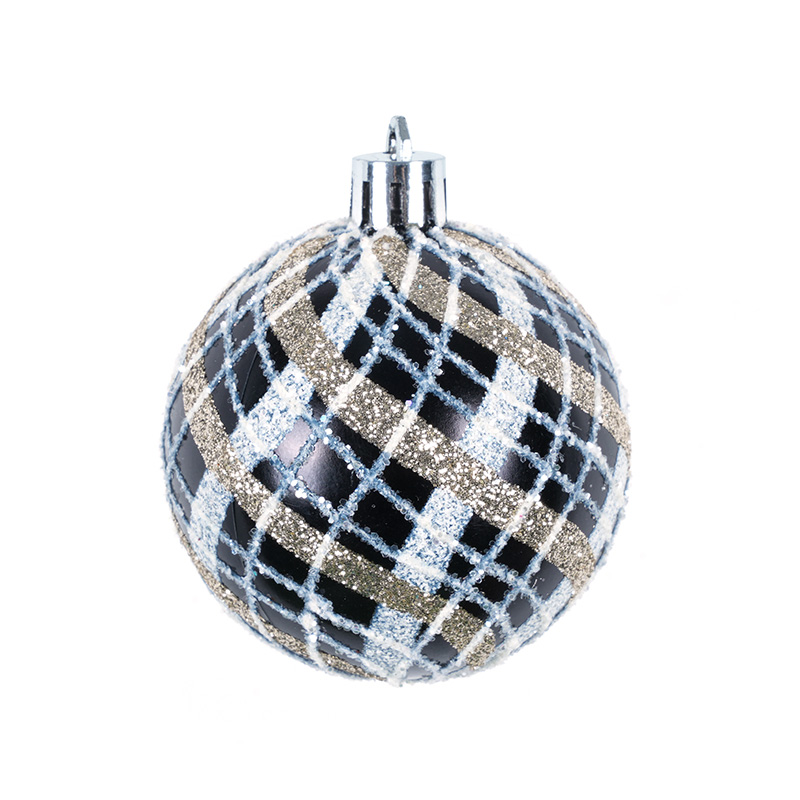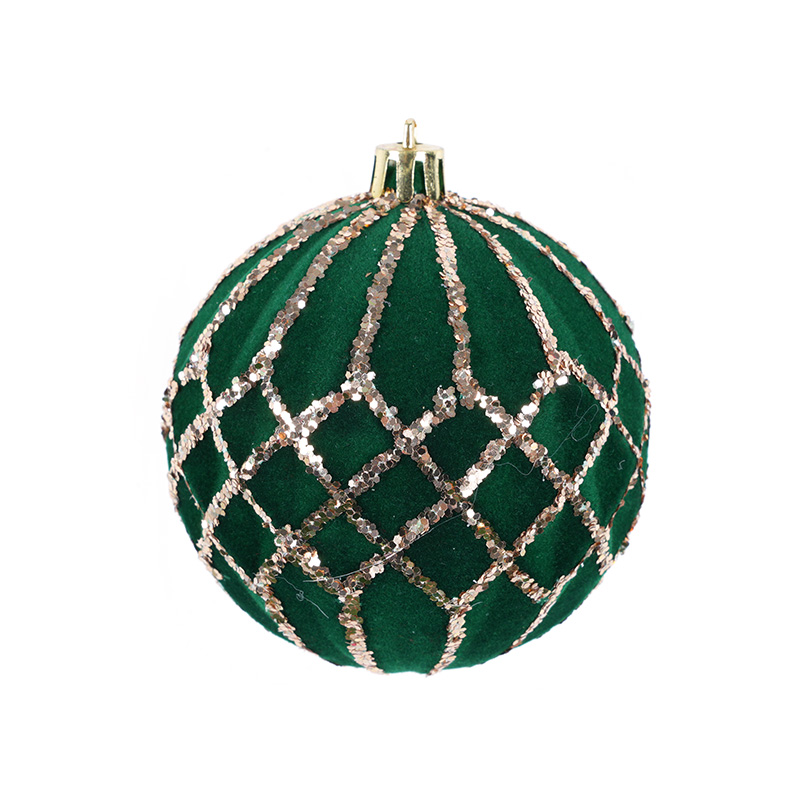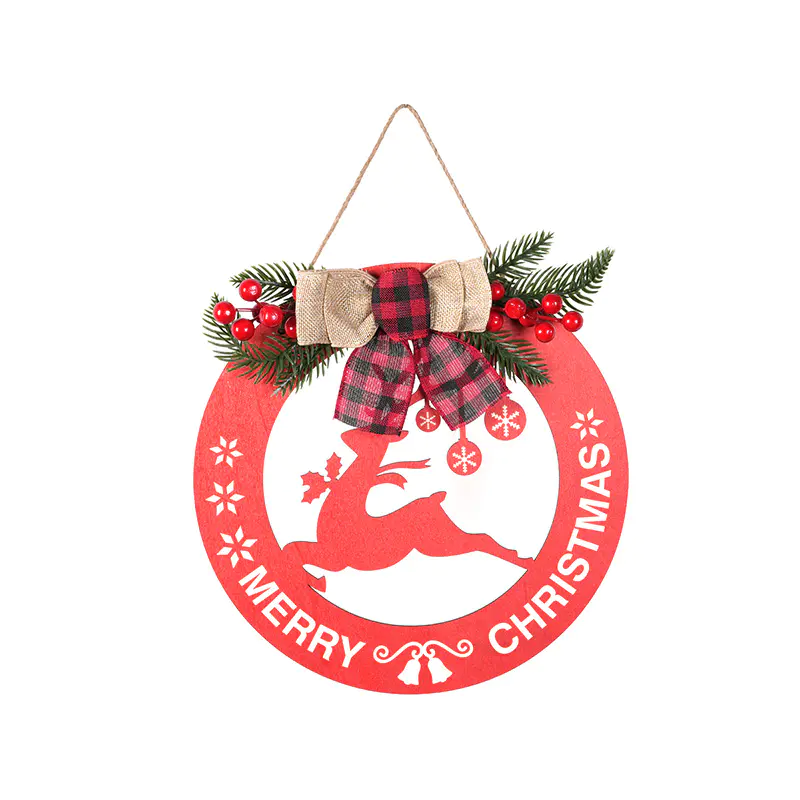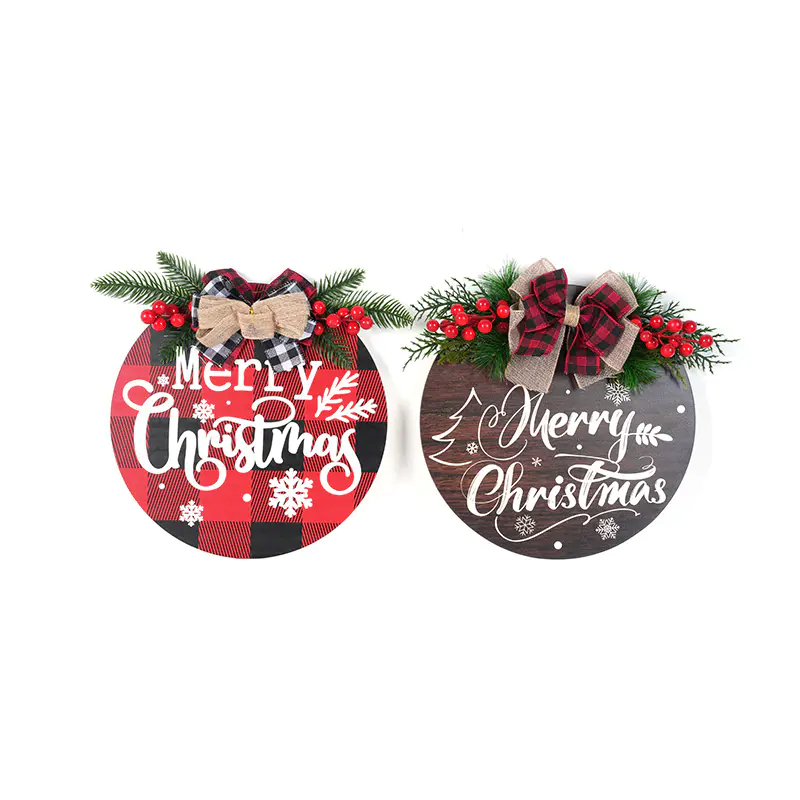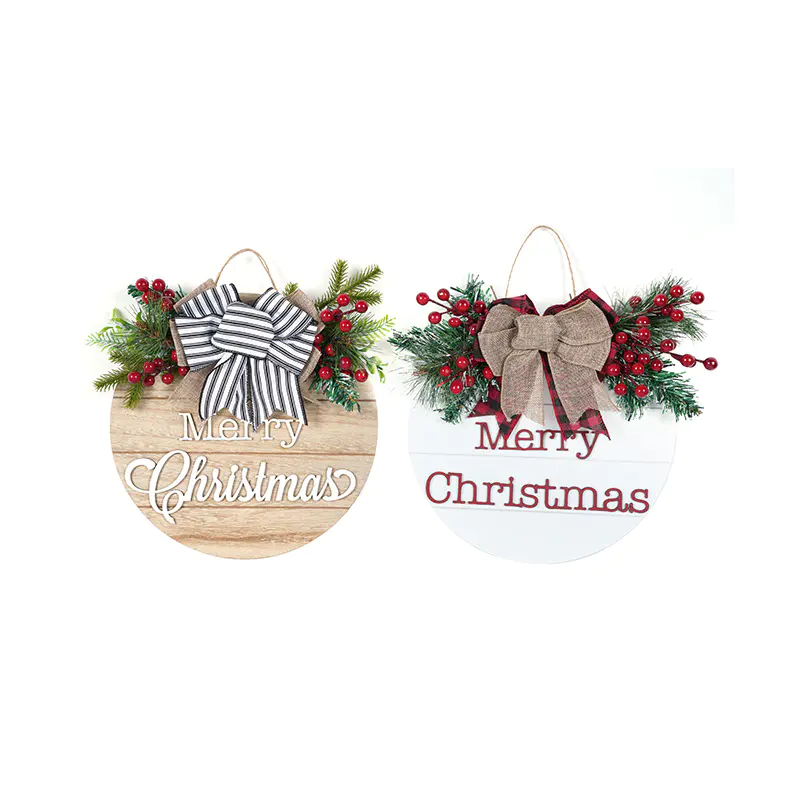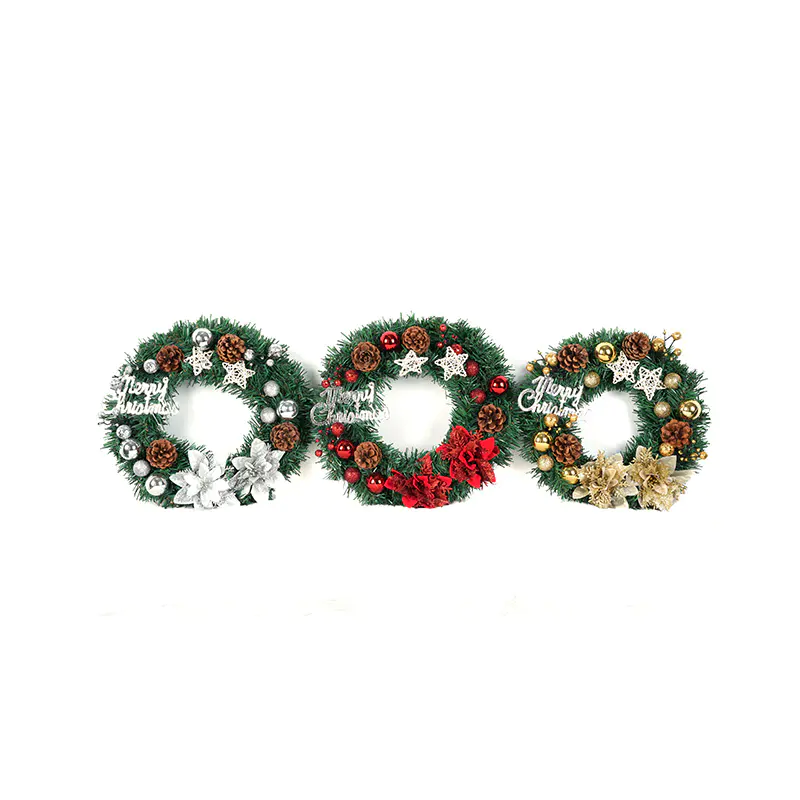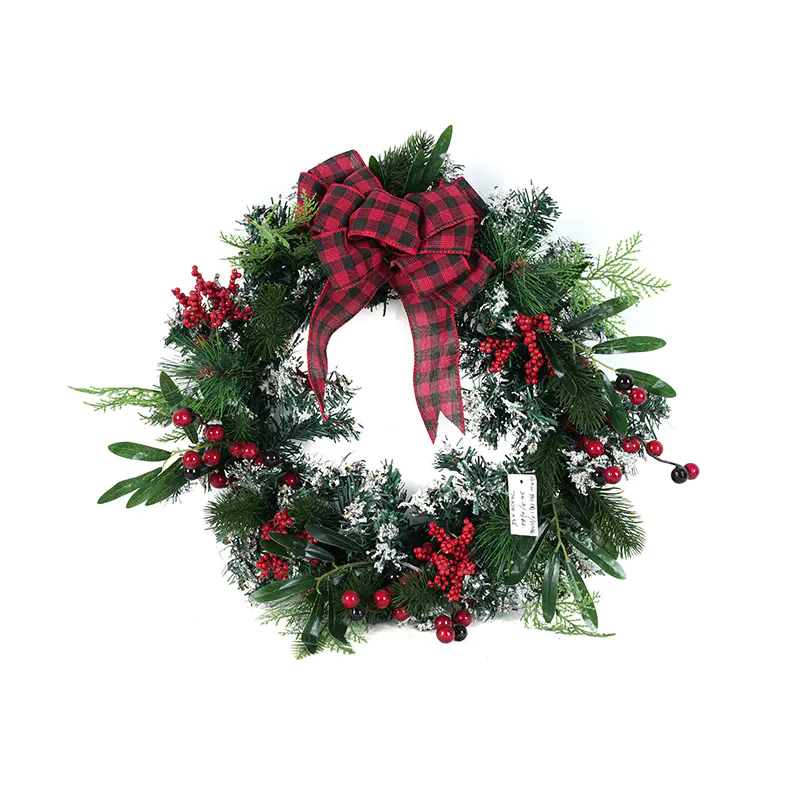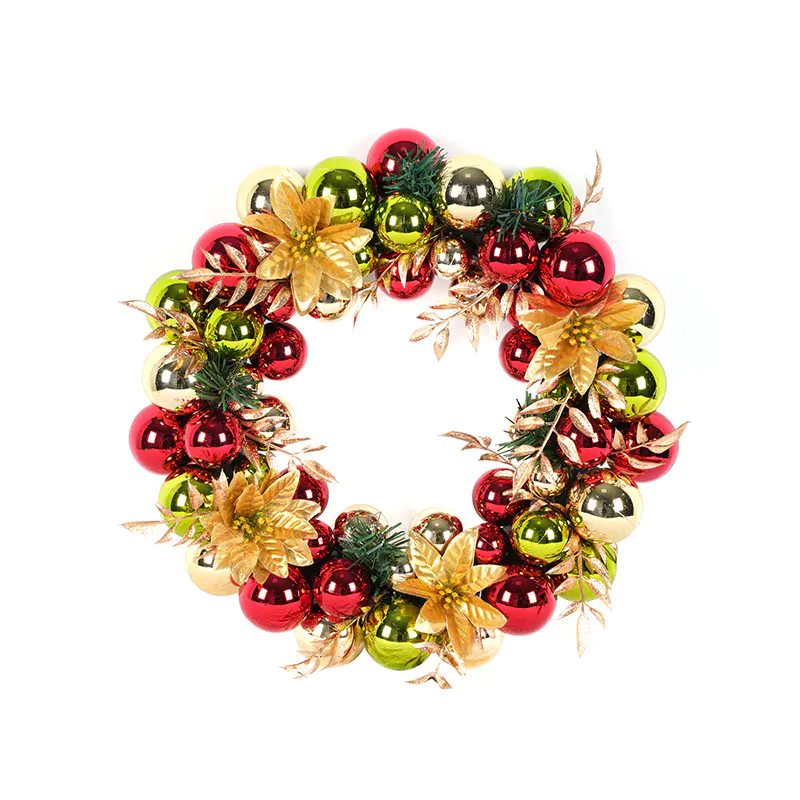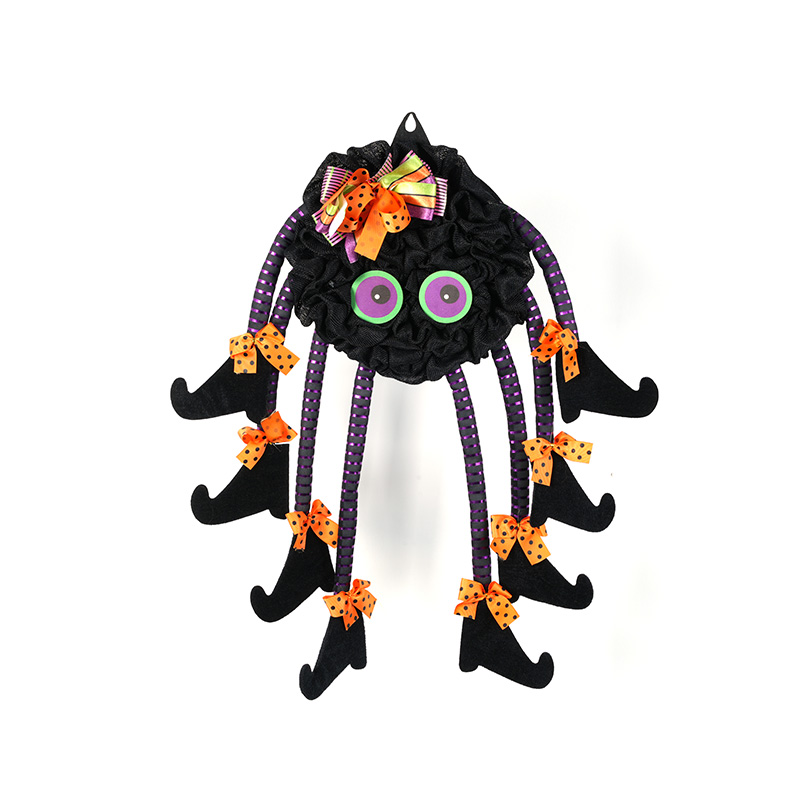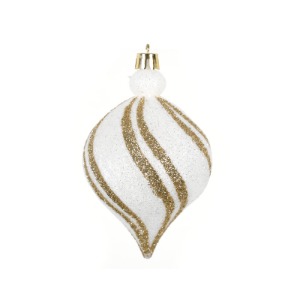
Holiday Christmas Balls are a staple in festive decorating, adorning trees, wreaths, garlands, and outdoor displays with their vivid colors and joyful presence. While most are used indoors, many consumers now look to extend their festive décor outdoors or into areas exposed to moisture, such as porches, balconies, and humid indoor spaces. This raises a practical question: Do Holiday Christmas Balls feature waterproof designs that make them suitable for damp or humid environments? The answer depends on the materials used, construction methods, and intended use of the ornaments.

Material Type Plays a Key Role
The water resistance of Holiday Christmas Balls varies significantly depending on what they’re made of. Plastic ornaments, especially those molded from durable, non-porous materials like PET or PVC, tend to offer good moisture resistance. These are often marketed as “shatterproof” and are ideal for outdoor or high-humidity use. Their surfaces resist water absorption, and many are coated with weather-resistant finishes that help them withstand light rain or condensation.
In contrast, paper-based ornaments or those with fabric embellishments are not suitable for humid environments. These materials can absorb moisture, causing swelling, color bleeding, or deterioration. Similarly, traditional glass balls, while resistant to water themselves, may have hand-painted surfaces or decorative glitter that isn’t sealed, making them vulnerable to flaking, fading, or peeling when exposed to moisture.
Surface Coating and Sealants
Another factor influencing water resistance is the type of surface coating. Some Holiday Christmas Balls are treated with a clear protective layer, especially those intended for commercial or outdoor use. This coating acts as a barrier against rain or humidity, preserving color vibrancy and preventing the breakdown of adhesives used for glitter or decals.
However, not all decorative coatings are waterproof. Ornaments with low-cost paint, open glitter applications, or glued-on details may suffer from water intrusion, causing visual damage even if the core structure remains intact. When buying ornaments for humid spaces, checking for labels such as “weatherproof,” “outdoor safe,” or “UV- and moisture-resistant” is a smart move.
Suitability for Outdoor or Humid Indoor Use
If you plan to use Holiday Christmas Balls in high-moisture environments, such as bathrooms, kitchens, covered patios, or gardens, selecting products specifically designed for outdoor use is essential. These often feature sealed joints, rust-resistant hanging loops, and UV-stabilized finishes to prevent fading and damage.
For environments with occasional humidity but no direct rain contact, such as enclosed balconies or conservatories, lightweight plastic ornaments are a reliable choice. They can endure elevated moisture levels without structural damage or visual deterioration.
Maintenance and Longevity Considerations
Even moisture-resistant Holiday Christmas Balls can benefit from proper maintenance. After exposure to rain or humid air, it’s a good idea to dry them before storing to prevent mold or mildew from forming on surface coatings or inside hanging holes. Avoid stacking damp ornaments in storage, as residual moisture may compromise even water-resistant finishes over time.
For those using ornaments in outdoor public displays or large installations, periodic checks and touch-ups with waterproof sealant spray can extend their usable life and maintain their decorative appeal.
Conclusion
Holiday Christmas Balls are available in both indoor and outdoor variants, and their suitability for humid environments depends largely on material choice and coating quality. While plastic and sealed ornaments generally perform well in damp or humid conditions, more delicate versions with paper, fabric, or open-surface glitter may not fare as well. By selecting weather-resistant designs and handling them with care, decorators can ensure their holiday displays remain vibrant and intact, even in moisture-prone settings.


